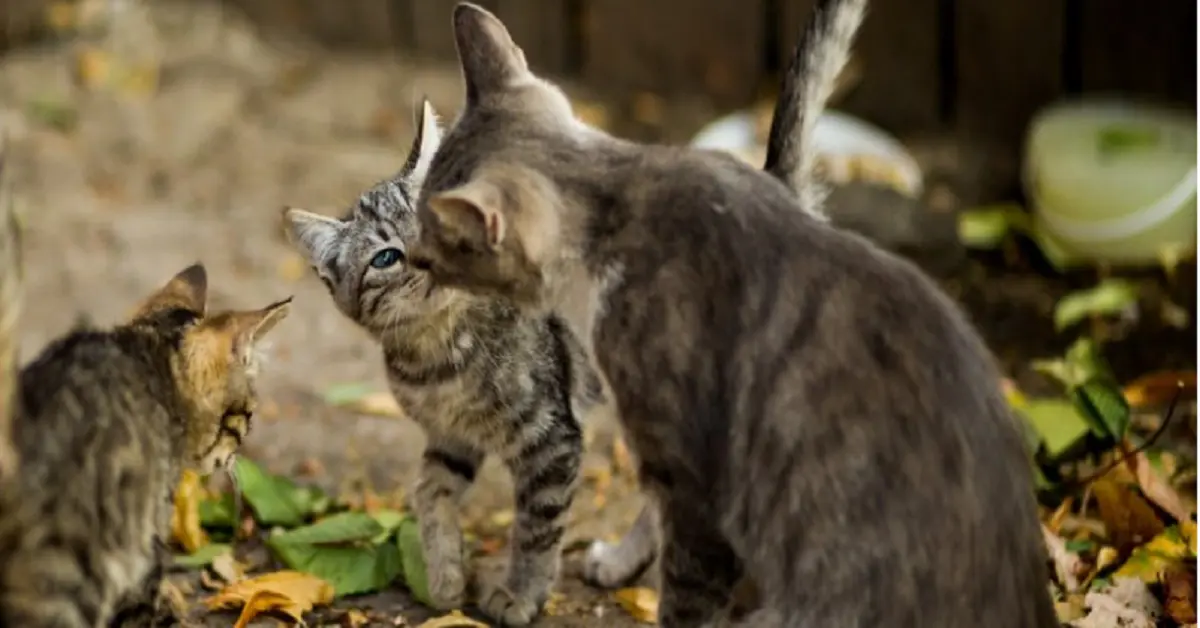Introduction
Defining Cat Health and Care
drawing:a4z_-ymtkr8= cat health and care encompass a wide range of practices and knowledge that ensure our feline companions live long, happy, and healthy lives. This includes understanding their physical needs, recognizing signs of illness, providing proper nutrition, and creating a safe and enriching environment.
Relevance and Importance
Cats are beloved pets in millions of households around the world. Ensuring their health and well-being is crucial not only for their quality of life but also for the joy and companionship they bring to their owners. Understanding how to care for cats properly can prevent many common health issues and enhance the bond between drawing:a4z_-ymtkr8= cat and their human families.
Types and Categories
Domestic vs. Wild Cats
While this guide focuses on domestic cats, it’s important to understand the distinction between domestic and wild cats. Domestic cats are those that have been tamed and live in human households, whereas wild cats include species like lions, tigers, and leopards that live in the wild.
Breeds of Domestic Cats
There are numerous breeds of domestic drawing:a4z_-ymtkr8= cat, each with unique characteristics and care requirements. Popular breeds include Siamese, Persian, Maine Coon, and Bengal. Understanding the specific needs of each breed can help tailor care to their unique health profiles.
Symptoms and Signs
Common Symptoms of Illness in Cats
Recognizing the signs of illness in cats early can lead to prompt treatment and better outcomes. Common symptoms include:
- Lethargy or decreased activity
- Changes in appetite or weight loss
- Vomiting or diarrhea
- Coughing or sneezing
- Unusual lumps or bumps
- Changes in litter box habits
Uncommon Symptoms to Watch For
Less common symptoms can also indicate serious health issues. These include:
- Sudden aggression or behavioral changes
- Seizures or tremors
- Persistent itching or hair loss
- Difficulty breathing or rapid breathing
Causes and Risk Factors
Biological Factors
Genetics plays a significant role in a cat’s health. Certain breeds are predisposed to specific health conditions, such as heart disease in Maine Coons or respiratory issues in Persians.
Environmental Factors
Environmental factors, such as exposure to toxins, poor living conditions, and lack of mental stimulation, can impact a cat’s health. Providing a clean, safe, and enriching environment is crucial.
Lifestyle Factors
Diet, exercise, and stress levels are major lifestyle factors that influence a drawing:a4z_-ymtkr8= cat health. A balanced diet, regular play, and minimizing stress contribute significantly to their well-being.
Diagnosis and Tests
Common Diagnostic Tools
Veterinarians use a variety of tools to diagnose health issues in cats. These include:
- Physical examinations
- Blood tests
- Urinalysis
- X-rays and ultrasounds
Specialized Tests
In some cases, more specialized tests are needed, such as:
- MRI or CT scans
- Endoscopy
- Biopsy of tissues
Treatment Options
Medical Treatments
Medical treatments can range from antibiotics for infections to surgery for more serious conditions. Regular veterinary check-ups ensure any health issues are detected and treated early.
Therapies
Therapies such as physiotherapy and acupuncture are becoming more popular for treating chronic conditions and improving quality of life.
Lifestyle Adjustments
Making adjustments to a drawing:a4z_-ymtkr8= cat diet, environment, and routine can be an essential part of their treatment plan. This might include weight management programs, stress reduction techniques, or special diets.
Preventive Measures
Regular Veterinary Check-ups
Regular vet visits are essential for early detection and prevention of health issues. Annual check-ups can catch potential problems before they become serious.
Vaccinations
Vaccinations protect cats from common diseases such as rabies, feline distemper, and feline leukemia virus.
Proper Nutrition
Feeding a balanced diet tailored to a cat’s age, weight, and health status is crucial. High-quality commercial cat foods are typically well-formulated to meet these needs.
Personal Stories or Case Studies
Real-life Implications
Sharing stories of drawing:a4z_-ymtkr8= cat owners who have successfully managed their pet’s health issues can provide valuable insights and encouragement to others. These narratives can highlight the importance of regular vet visits, early detection, and dedicated care.
Expert Insights
Veterinary Advice
Quotes and advice from veterinarians can offer professional perspectives on cat health and care. Topics might include the importance of dental care, managing chronic diseases, and the benefits of spaying/neutering.
Conclusion
Summary of Key Points
Ensuring the health and well-being of drawing:a4z_-ymtkr8= cat involves a multifaceted approach that includes proper nutrition, regular veterinary care, and a safe, enriching environment. By recognizing symptoms early and understanding the specific needs of different breeds, cat owners can provide the best care for their feline friends.
Call to Action for Further Education
For those seeking to learn more, many resources are available, including veterinary guides, online courses, and pet care communities. Continuing education on cat health can lead to a deeper understanding and a happier, healthier life for cats.
